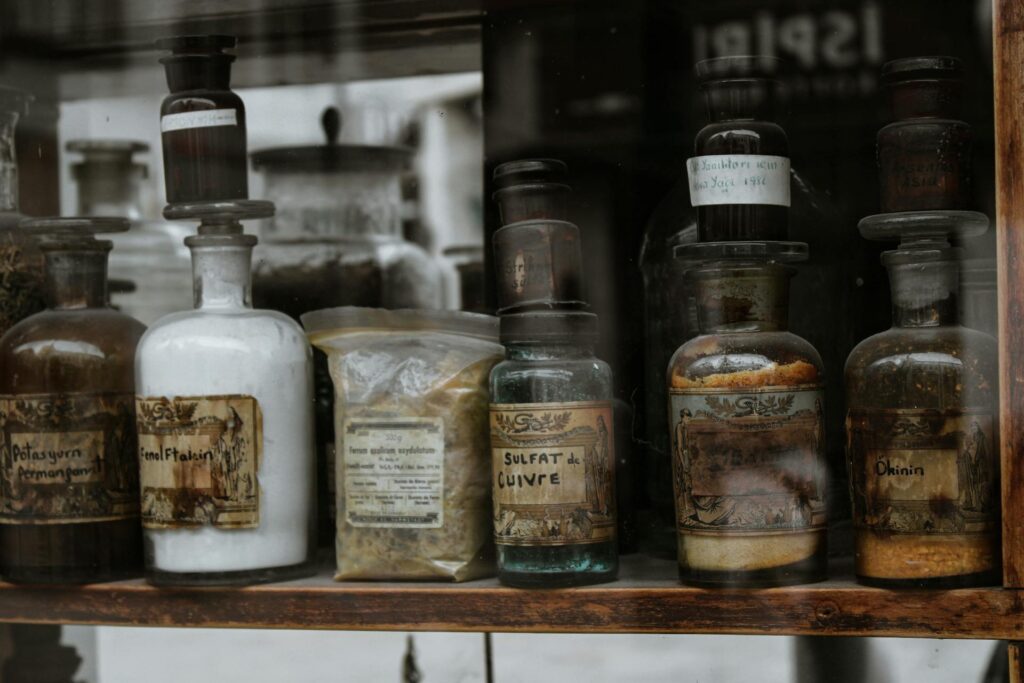 Origins and Functions
Origins and Functions
Medieval hospitals, often established by religious orders, were crucial institutions for health care and social welfare. Unlike modern hospitals, medieval hospitals provided a wide range of services, including medical care, shelter for the poor and pilgrims, and food for the needy. These institutions were usually attached to monasteries or churches, reflecting the strong connection between charity and religion in medieval society.
Medical Care and Treatment
In terms of medical care, medieval hospitals offered basic treatments for illnesses and injuries. They provided herbal remedies, wound care, and rudimentary surgeries. Although the understanding of disease was limited, hospitals employed physicians and apothecaries who utilized contemporary medical knowledge. The focus was often on palliative care and the comfort of patients, with an emphasis on spiritual well-being.
Social and Community Support
Beyond health care, medieval hospitals played a significant role in social and community support. They offered refuge for the homeless, care for orphans, and assistance to travelers. Hospitals were integral to the fabric of medieval urban life, acting as centers of charity and service. Their work in supporting the vulnerable helped to mitigate some of the hardships faced by the medieval population.
Conclusion
Medieval hospitals were essential institutions that provided both medical care and social support. Their dual role in addressing health needs and offering charitable services underscores their importance in the social and religious landscape of medieval Europe.